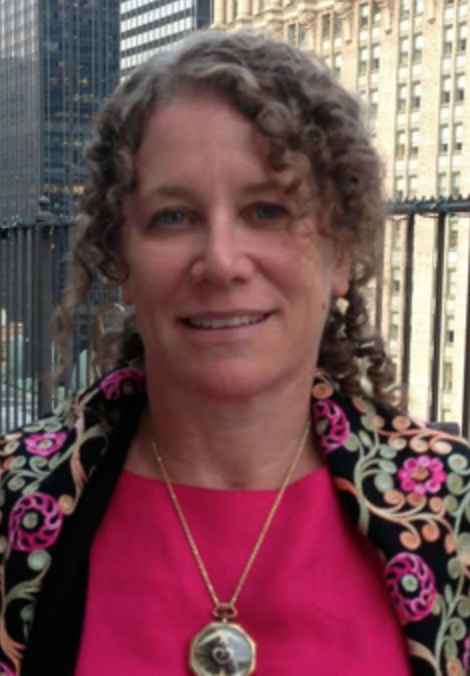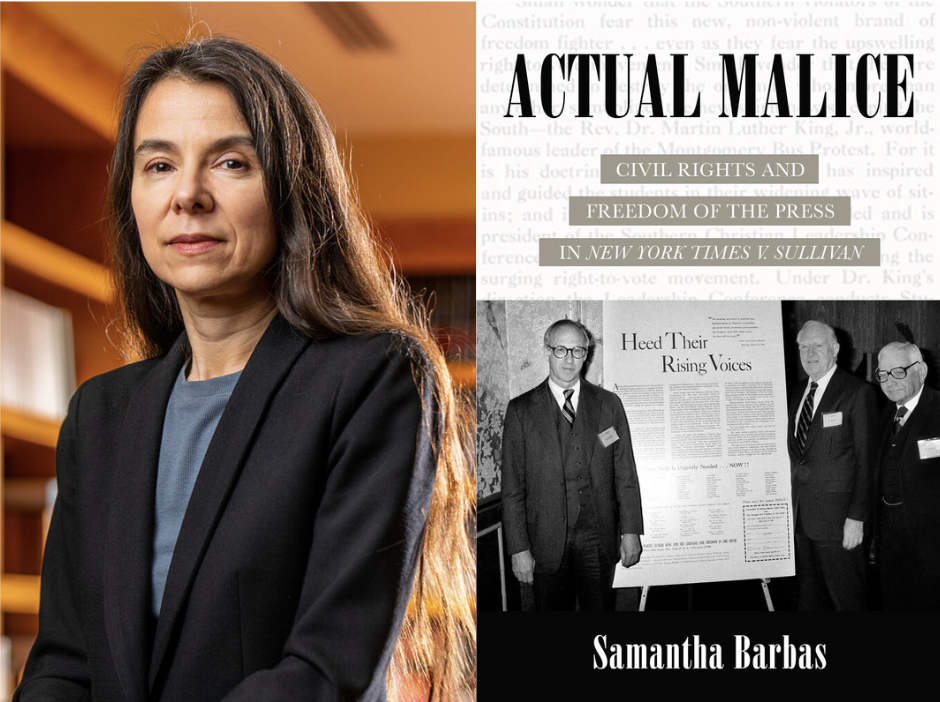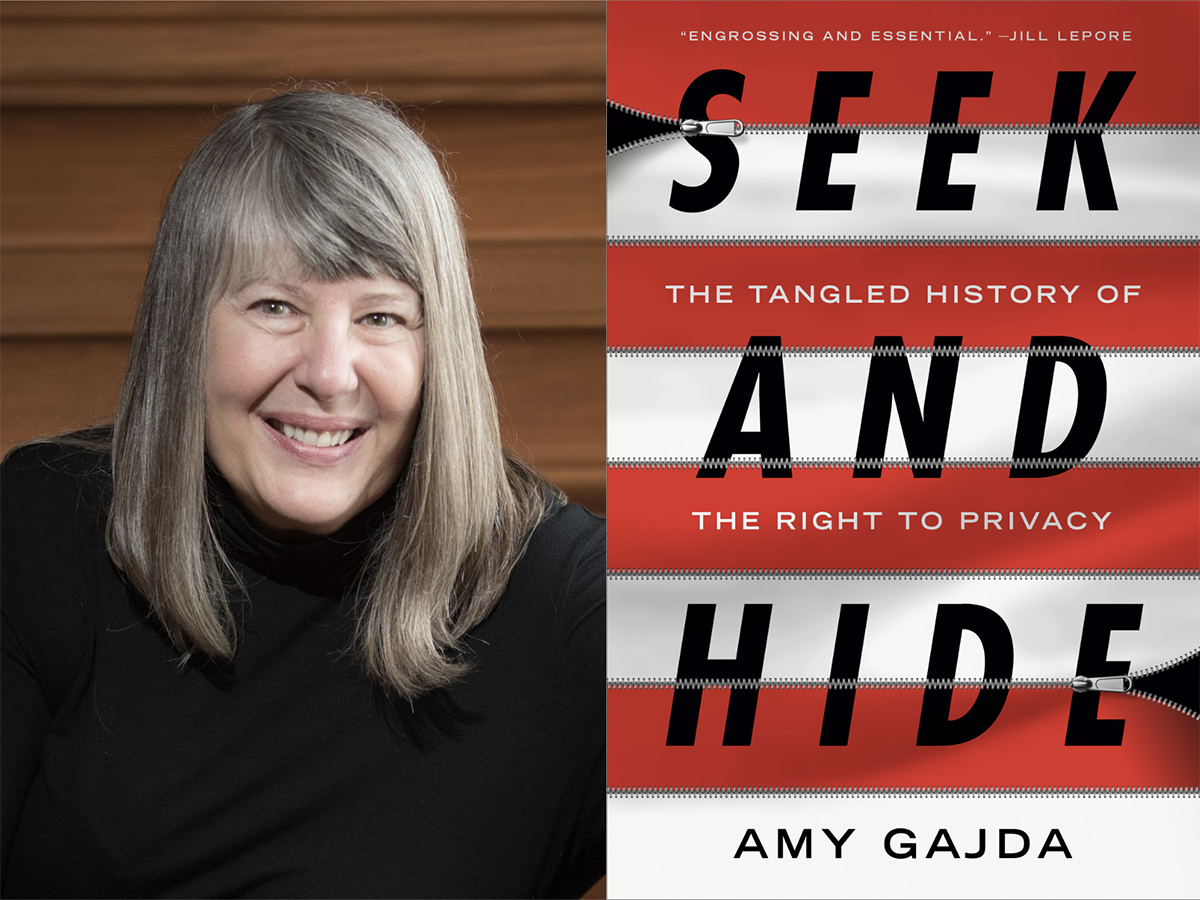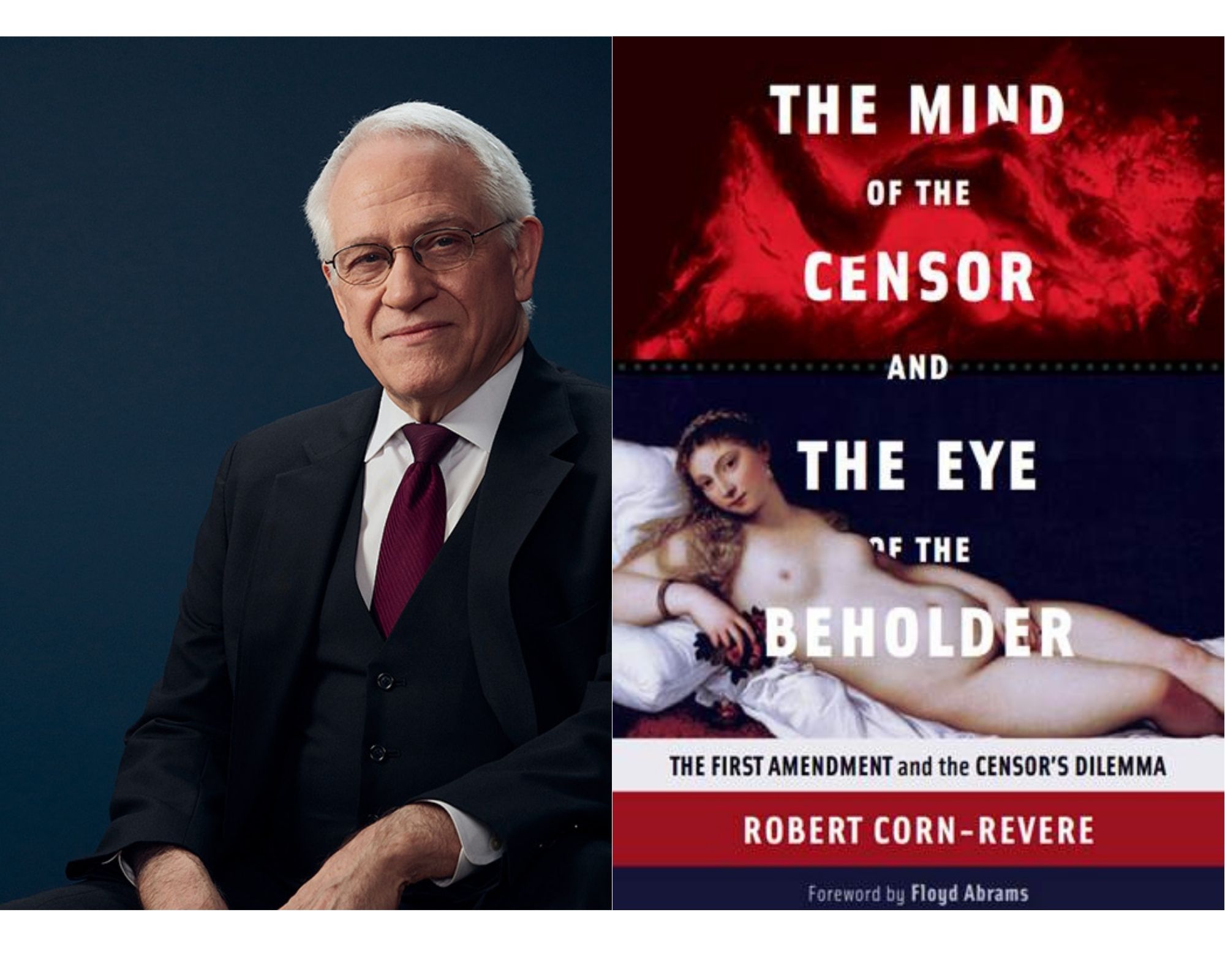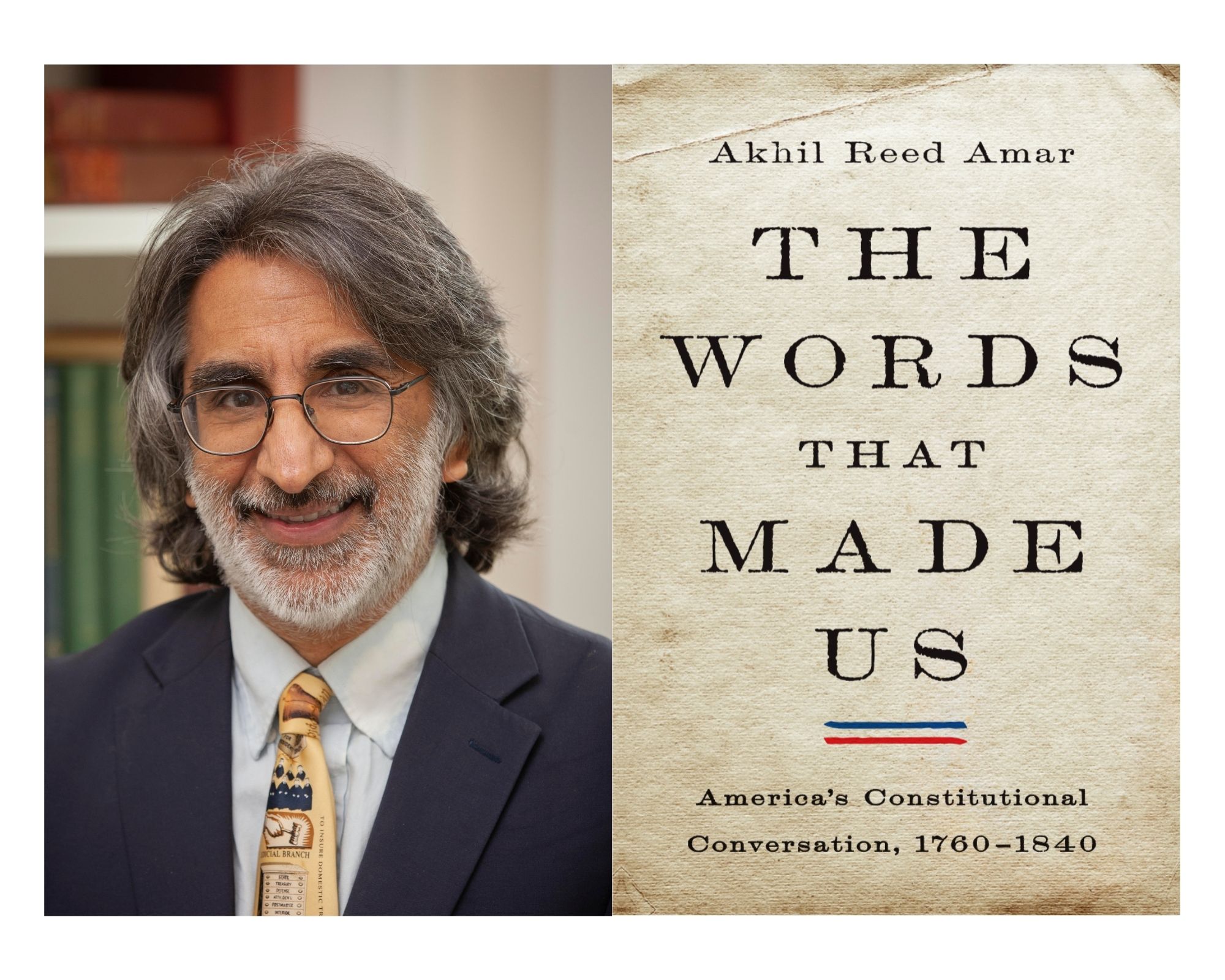In Lust on Trial, [Amy] Werbel presents a colorful journey through Comstock’s career that doubles as a new history of post–Civil War America’s risqué visual and sexual culture. Born into a puritanical New England community, Anthony Comstock moved to New York in 1868 armed with his Christian faith and a burning desire to rid the city of vice. Werbel describes how Comstock’s raids shaped New York City and American culture through his obsession with the prevention of lust by means of censorship, and how his restrictions provided an impetus for the increased circulation and explicitness of “obscene” materials. By opposing women who preached sexual liberation and empowerment, suppressing contraceptives, and restricting artistic expression, Comstock drew the ire of civil liberties advocates, inspiring more open attitudes toward sexual and creative freedom and more sophisticated legal defenses. Drawing on material culture high and low, including numerous examples of the “obscenities” Comstock seized, Lust on Trial provides fresh insights into Comstock’s actions and motivations, the sexual habits of Americans during his era, and the complicated relationship between law and cultural change. – Columbia University Press
Amy Werbel is Associate Professor of the History of Art at the Fashion Institute of Technology, and Leon Levy Senior Fellow at the Frick Center for the History of Collecting. Her publications on sexuality, law, and visual culture in the United States before World War I include Thomas Eakins: Art, Medicine, and Sexuality in 19th-Century Philadelphia (Yale University Press, 2007), and Lust on Trial: Censorship and the Rise of American Obscenity in the Age of Anthony Comstock (Columbia University Press, 2018). Professor Werbel is a graduate, magna cum laude, of Harvard and Radcliffe Colleges (B.A. 1986) and Yale University (PhD, 1996), and served as a Fulbright Scholar in China, 2011-2012.
________________________________________________________________________________________
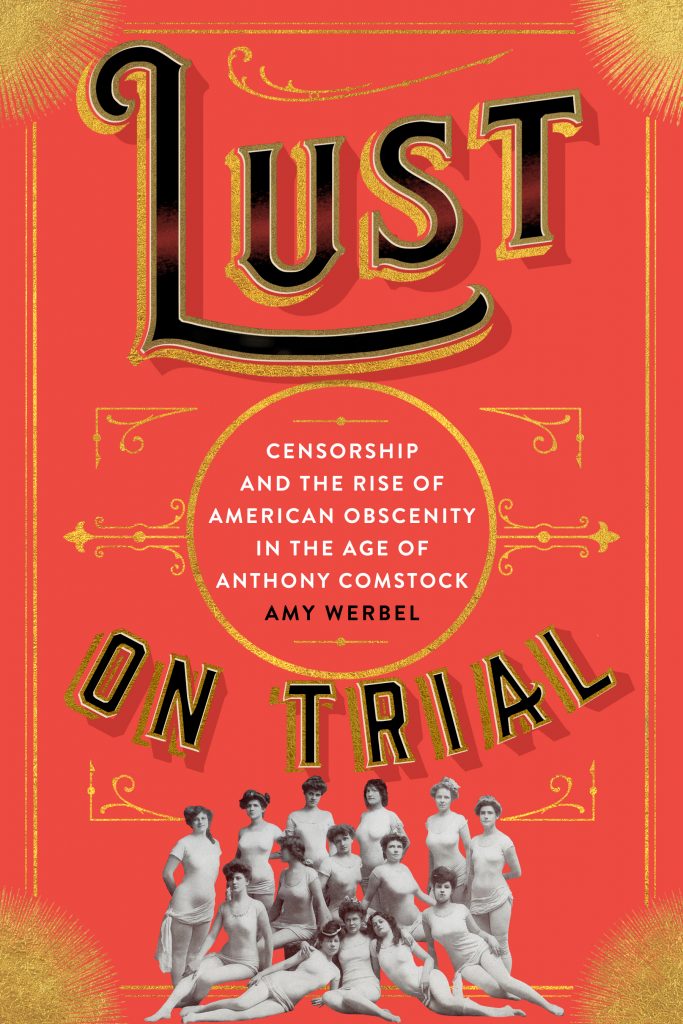
Authors Share Excerpts on Free Speech:
Amy Werbel and Lust On Trial
Excerpted from Lust on Trial: Censorship and the Rise of American Obscenity in the Age of Anthony Comstock by Amy Werbel, published by Columbia University Press. Copyright © 2018 Columbia University Press. Used by arrangement with the Publisher. All rights reserved.
Excerpt from Chapter Two. Onward Christian Soldiers: Creating the Industry and Infrastructure of American Vice Suppression
The Word in the Law, pages 66-76
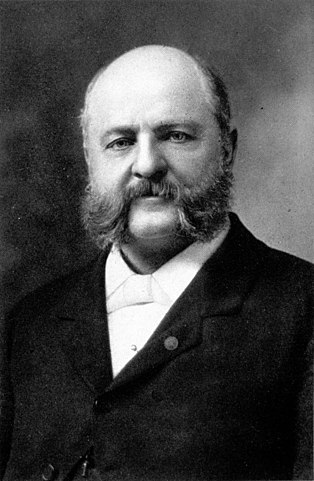
Anthony Comstock
Throughout the winter of late 1872 and early 1873, Anthony Comstock was fortunate to experience an extraordinary education in the American legislative process. From his teenage years, he had fought vice through ardent prayer, conspicuous example, and occasional use of force. Now he firmly understood the legal process through which the might of a government could be steered in the direction of a great Christian cause. Among the many lessons Comstock learned in this early phase of his career, perhaps the most important was that in the sphere of law, words meant everything.
The supreme power of The Word was by no means unfamiliar to a Christian evangelical. Protestants from the outset had distinguished themselves from Catholics through their faithfulness to the text of the Bible rather than to images and icons. This devout adherence to Scripture only increased over time, as the Evangelical belief that the Bible was the inerrant Word of God “solidified in the nineteenth century in response to the challenges of European biblical-historical criticism and American romanticism.” As Candy Gunther Brown notes, faced with writings that treated the Bible either as a type of literature, or merely as symbolic, evangelicals doubled down on their insistence that “the Scriptures not only contain but ARE THE WORD OF GOD.”1

Justice William Strong
Not surprisingly, evangelical brethren in Washington assisted the gentlemen of the New York City YMCA in drafting and passing the specific language of the Comstock Act. William Strong, Associate Justice of the U.S. Supreme Court stood chief among these. Strong was the son of a minister from the small town of Somers, Connecticut who helped Brainerd and Comstock to revise and strengthen the language of the new bill. From 1868 to 1873, in the same years he sat on the nation’s highest court, Strong also was the president of the National Reform Association, which “sought to add a sixteenth amendment to the Constitution to include reference to God and Jesus in the preamble of that document.”2 Just three days before Congress passed the Comstock Act, Strong presided over the Association’s annual convention held in New York City’s Cooper Union Hall, at which a resolution was passed affirming: “legal presumptions may be created in favor of Christian morality, Christian usages, and Christian institutions.”3
Strong’s effort to codify the dominion of God and Jesus in the U.S. Constitution ultimately failed, but he must have been gratified that some progress was made on his goal of living in an officially Christian nation when the Comstock Act was signed into law.4 This new legislation was vastly stronger than the federal anti-obscenity legislation that preceded it, which had been adopted in 1865 in an attempt to regulate the enormous quantity of erotic materials shipped to Civil War soldiers. That law had prohibited the Post Office Department from transporting any “obscene book, pamphlet, print, or other publication of a vulgar or indecent character,” but this was a limited list, and included no mechanism for enforcement.5
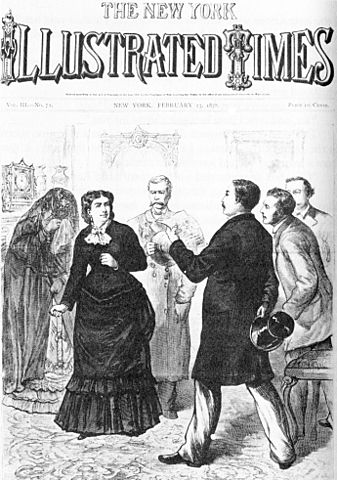
The arrest of abortionist Ann Lohman (a.k.a. Madame Restell) by Anthony Comstock. From the 23 February 1878 edition of the New York Illustrated Times.
The new language Comstock shaped with Brainerd, Strong, and several Senators incorporated the structure and language of the expanded New York State statute adopted in 1868, but went even further. The revised New York state law banned “any obscene and indecent book, pamphlet, paper drawing, painting, lithograph, engraving, daguerreotype, photograph, stereoscopic picture, model, cast, instrument or article of indecent use, or articles or medicines for the prevention of conception or procuring of abortion.” The 1873 federal legislation listed all of these, and added several new categories of banned items based on Comstock’s seizures in 1872, including paper, writing, advertisements, circular, “drawing or other representation,” figure, and “image on or of paper or other material.” The broad additions of “paper,” and “writing” stemmed from Comstock’s particular venom for news outlets such as Woodhull and Claflin’s Weekly. These additions also reflected the growing diversity of erotic materials in the 1870s, which included new formats and processes for photography, as well as an explosion of cheaply printed erotic fiction.
Although the addition of such broad categories as “paper” and “writing” made the Comstock Act vastly more restrictive than previous legislation, arguably the most significant additions to the list of materials newly-banned under federal law were contraceptives and abortifacients. Comstock justified their inclusion by emphasizing the inseparability of these articles from arousing images, texts, and objects. In Merriam’s speech to Congress, he quoted Comstock’s frequent talking point: “For be it known that wherever these books go, or catalogues of these books, there you will ever find, as almost indispensable, a complete list of rubber articles for masturbation or for the professed prevention of conception.”6 In other words, articles that provoked lustful arousal outside of marriage or prevented the consequences of immoral liaisons were “indispensable” aids to the crime of satisfying that arousal.7
This point of view was based both on ideology and on personal observation. By 1873, Comstock had already seen firsthand the use of an abortion to cover up disgraceful extramarital sex. During a raid intended to seize obscene matter from a “doctor” named George Selden, he “caught Selden in [the] act of operating upon Barbara Voss of Jersey City who had just been brought there by Thomas Savage.” Savage, her employer, was a married man fifty-five years old, who had impregnated Voss, then just seventeen. She ended up in jail, but Comstock was disgusted when both Selden and Savage had their cases “fixed” in the district attorney’s office.8 Comstock clearly hoped that making abortifacients illegal would make it more difficult for men to cover up their evil deeds.
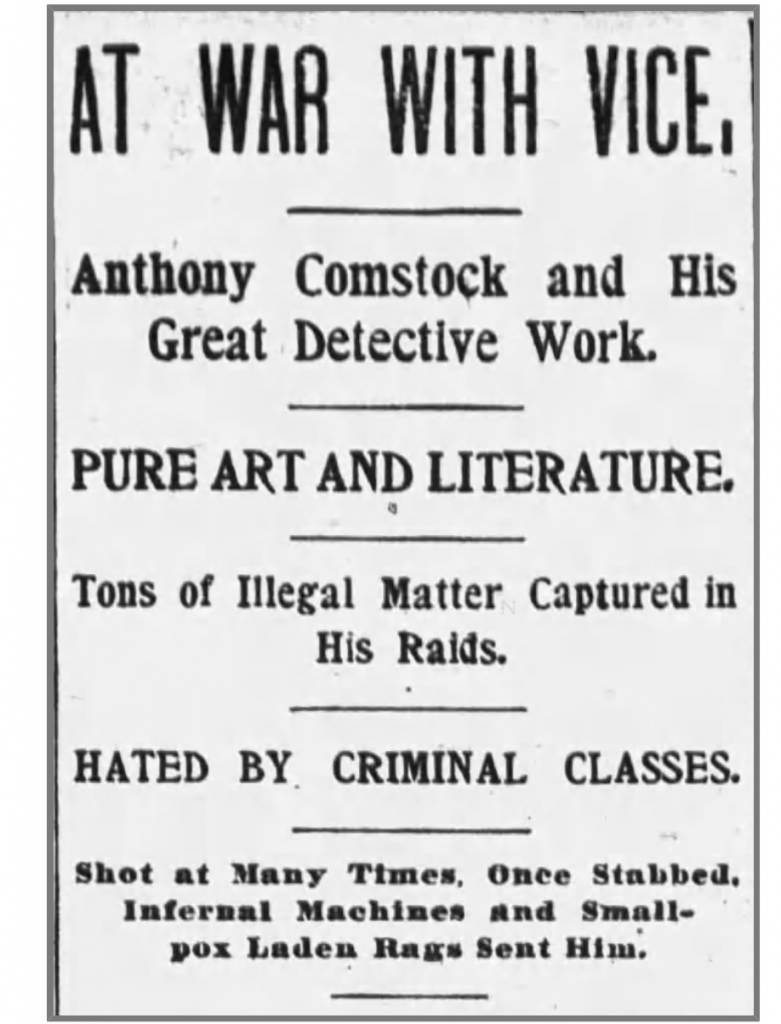
Sunday News (Wilkes-Barre, Pennsylvania) · 13 Jan 1895, Sun. Copyright © 2018 Newspapers.com. All Rights Reserved.
Comstock’s proposed additions to the federal law also undoubtedly were a response to some of the many “conjugal” catalogues that specifically marketed contraceptives to married women. Moralists were horrified as they observed purveyors use marriage announcements to identify likely customers, and then again as they watched the birth rate among the well-heeled drop dramatically after the Civil War.9 A rare surviving example of one of these circulars is Mme. Simmons Price Catalogue of Conjugal Goods. “Mme. Simmons” was not especially coy. She began first by recommending her free pamphlet “Fifteen Minute Conversation with Married Ladies.” She then went on to list a variety of types of condoms at differing prices, including examples made of “goat skin and bladder,” $3.75 per dozen, and “India rubber condoms,” at $3.50 per dozen. To spice things up, women also could order “tickler rings,” “surprises,” and “Aphrodiasic Powders, to excite the sexual desire in either sex, $2. a package. Sold only to the married.” The entire second side of the circular was devoted to a catalogue of pictures, thus proving Comstock’s complaint that erotic materials and contraceptives went hand in hand.
Mme. Simmons divided her picture collection into “secret and only for Gents” and “for Ladies.” The titles were not much different. Ladies were recommended to buy pictures with titles similar to those for men, including “Bathers Surprised,” “Did You Ring, Sir?” “It’s No Use Knocking at the Door,” “Sinking the 290,” and “After the Matrimonial Sorrows.”10 The evangelical lens through which Comstock viewed these materials made them especially dangerous in his mind, as they were aimed at humanity’s “weaker” sex. As Helen Lefkowitz Horowitz writes, “it was Eve who had tempted Adam. Although woman was not seen as more passionate than man, she was perceived as more wanton, for she was less under the control of reason.”11 We will never know if Comstock blamed Barbara Voss, rather than her boss Thomas Savage, for the “wantonness” that led to her abortion. Comstock made no mention of Voss’s fate in his arrest blotter except to report that she was “very sick” when he deposited her in the House of Detention. Nonetheless, as his words and actions made clear, Comstock always believed that efforts to limit conception contradicted the “laws of heaven” and created conditions that encouraged unsanctioned sexual activity. The fate of women like Barbara Voss was never his concern.
Last paragraphs of the Introduction, pp. 13-14
 Emerging from this study of a battle against vice lasting forty-three years is a portrait of the “bright line” boundary between free and suppressed culture, and the critical importance of “We the People” in determining its place. This delineation shifts through time and place, influenced by power dynamics related to class status, sex, sexual orientation, gender, ethnicity, and race. Observing the movement of this boundary during the course of the government’s most intense exertions to shape public morals through censorship allows us a new perspective on the effects and efficacy of such efforts. We see the choices publishers, artists, photographers, writers, merchants, theatrical producers, pornographers, and consumers made in response to threats of censorship. We also see the expanding legal craft practiced by defense attorneys in representing their clients, and the shifting values and assumptions judges and juries brought to bear on their decisions. We see what censorship actually accomplished, as compared with its stated goals. Undoing Comstock’s censorship by examining surviving examples of censored visual and material culture offers us the opportunity to viscerally engage with realities he tried his best to erase both from his contemporaneous scene and from the historical record.
Emerging from this study of a battle against vice lasting forty-three years is a portrait of the “bright line” boundary between free and suppressed culture, and the critical importance of “We the People” in determining its place. This delineation shifts through time and place, influenced by power dynamics related to class status, sex, sexual orientation, gender, ethnicity, and race. Observing the movement of this boundary during the course of the government’s most intense exertions to shape public morals through censorship allows us a new perspective on the effects and efficacy of such efforts. We see the choices publishers, artists, photographers, writers, merchants, theatrical producers, pornographers, and consumers made in response to threats of censorship. We also see the expanding legal craft practiced by defense attorneys in representing their clients, and the shifting values and assumptions judges and juries brought to bear on their decisions. We see what censorship actually accomplished, as compared with its stated goals. Undoing Comstock’s censorship by examining surviving examples of censored visual and material culture offers us the opportunity to viscerally engage with realities he tried his best to erase both from his contemporaneous scene and from the historical record.
Throughout this book, I have tried in every instance possible to tell the stories of individuals who made choices amongst the options available to them in difficult moments of personal conflict and legal risk. In their particular human dramas, we see how vast changes happen as the result of a tangled web no one person can control. Comstock brought fierce energy to his campaign to force Americans to practice his version of Christian virtue. Every win in this attempt, however, was accompanied by uncontrollable contradictory results. In pushing back against censorship, Americans developed a much more muscular view of civil liberties. And despite Comstock’s best efforts, American lust did not diminish.
- Candy Gunther Brown, The Word in the World: Evangelical Writing, Publishing, and Reading in America, 1789–1880 (Chapel Hill: University of North Carolina Press, 2004), 5.
- Wayne E. Fuller, Morality and the Mail in Nineteenth-Century America (Urbana: University of Illinois Press, 2003), 105.
- “Amending the Constitution: Organization of the National Convention—The Proposed Religious Amendment,” New York Times, February 27, 1873.
- Gaines M. Foster summarizes Rep. Benjamin Butler’s persuasive arguments against amending the preamble: “The founders expected the nation ‘to be the home of the oppressed of all nations of the earth, whether Christian or Pagan.’” Foster, Moral Reconstruction, 30.
- Fuller, Morality and the Mail, 101; see also Judith Giesburg, Sex and the Civil War: Soldiers, Pornography, and the Making of American Morality (Chapel Hill: University of North Carolina Press, 2017), 84–87.
- Clinton Merriam, “Obscene Literature: Speech of Hon. Clinton L. Merriam, of New York, in the House of Representatives, March 1, 1873, on the bill (S. 1572) for the suppression of trade in and circulation of obscene literature and objects of immoral use” (Watertown, NY: Ingalls, Brockway, and Skinner Printers, 1873), 5. Collection, Library of Congress; see also Appendix to the Congressional Globe, 42nd Cong., 3d Sess., vol. 67, part 2 (March 1, 1873), 2004–2005. Note that Merriam’s speech on March 1, 1873, as printed in pamphlets is substantially longer than the speech recorded in the Congressional Globe. The Library of Congress notes: “with the 32nd Congress (1851) . . . the Globe began to provide something approaching verbatim transcription.” It seems likely that Merriam’s lengthy quotation from Anthony Comstock’s letter was not transcribed at the time it was read. “Congressional Globe—About,” Library of Congress, https://memory.loc.gov/ammem/amlaw/lwcg.html.
- For a thorough discussion of Comstock’s crusade against contraceptives and abortion, see Beisel, Imperiled Innocents, 25–48; see also Anna Louise Bates, Weeder in the Garden of the Lord: Anthony Comstock’s Life and Career (Lanham, MD: University Press of America, 1995), 151–172.
- ROA I, 11–12. This case is discussed in “Arrests for Malpractice,” New York Times, August 31, 1872, 5.
- Andrea Tone, Devices and Desires: A History of Contraceptives in America (New York: Hill and Wang, 2001), 15.
- As Paul Erickson notes, “Sinking the 290” “most likely is a double entendre referring to the sinking of the Confederate warship Alabama in 1864.” Paul Erickson, “Prints for a Different Parlor,” Past Is Present: The American Antiquarian Society blog, published December 12, 2011, http://pastispresent.org/2011/good-sources/prints-for-a-different-parlor/. Erickson here is addressing Mme. M. Simmons & Co. (N.Y.), Price Current of Conjugal Goods from Mme. M. Simmons, & Co., Importers of the Best French Manufacture (New York, 1865). Collection, American Antiquarian Society.
- Horowitz, Rereading Sex, 68.
Tags
